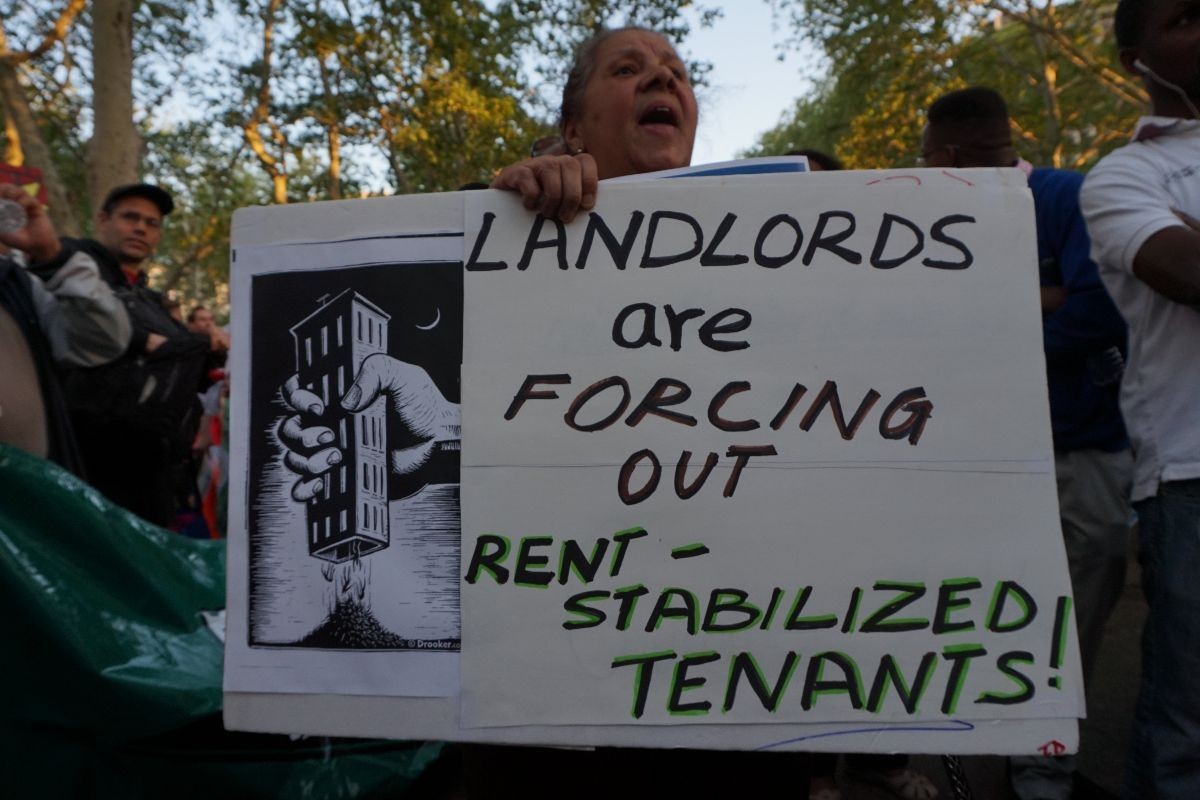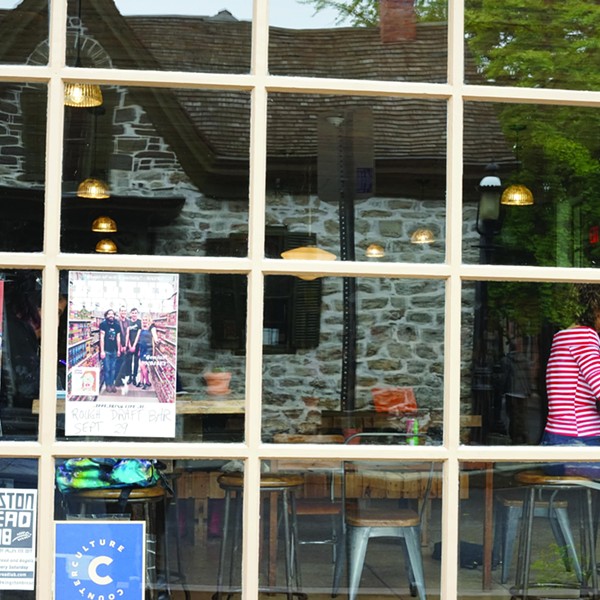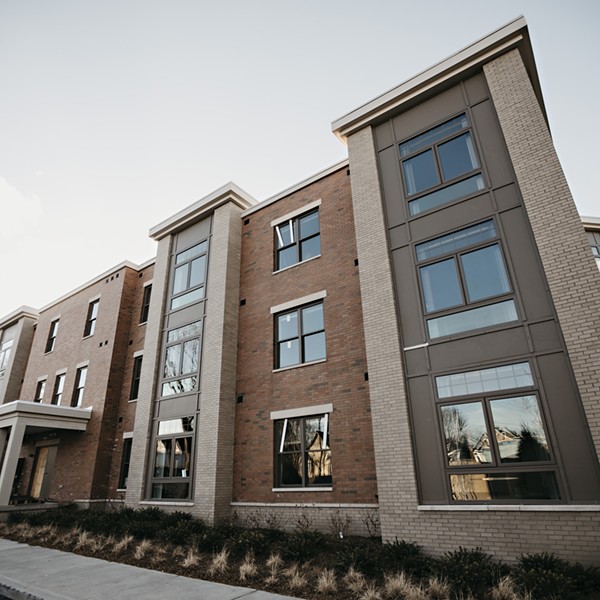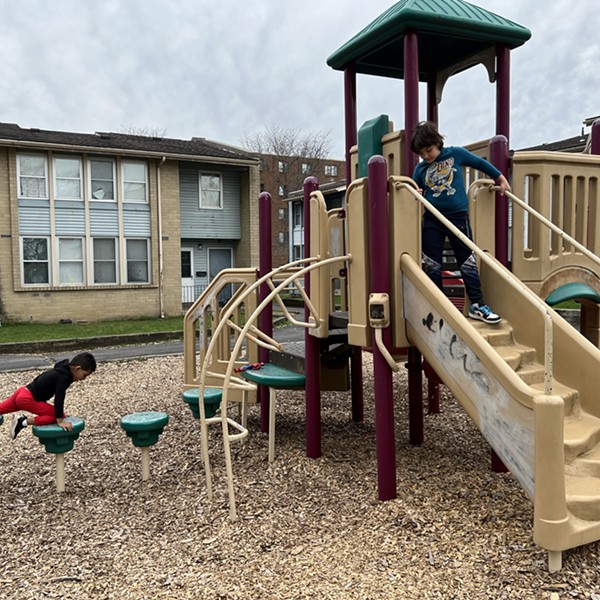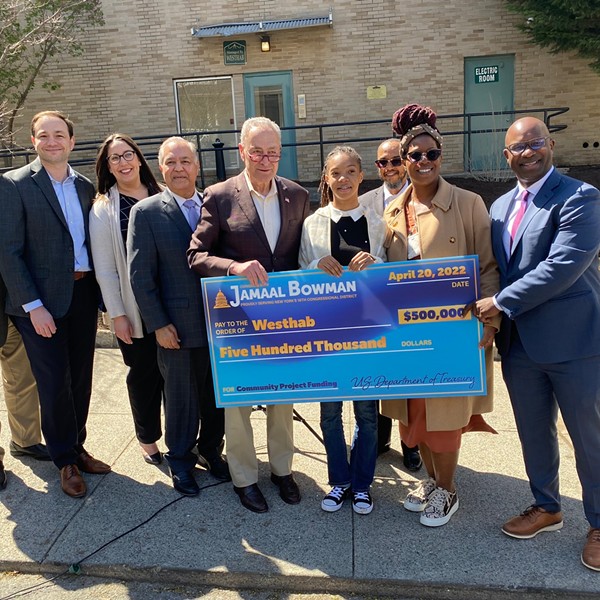On June 14, one day before existing rent regulations were set to expire, New York State lawmakers approved the Housing Stability and Tenant Protection Act of 2019, and Governor Andrew Cuomo signed it into law later that day. The legislation introduces major reform to the state’s affordable housing laws via sweeping tenant protections, in an attempt to fundamentally tilt the balance of power in the regulated housing market in renters’ favor.
For housing reform advocates, the most promising aspect of the package is the provision that allows municipalities across the state to opt in to rent stabilization laws that have historically been limited to New York City and its suburbs. This provides a potential solution to the gentrification sweeping through Hudson Valley communities such as Beacon, Newburgh, Catskill, and Hudson, and several upstate communities experiencing gentrification have already signaled a willingness to adopt the program.
The 2019 Act expands on and revamps the Emergency Tenant Protection Act of 1974 (ETPA), which extended rent stabilization laws and regulations from New York City to municipalities in Rockland, Westchester, and Nassau counties with vacancy rates below five percent. (“Rent stabilization” is a more flexible measure than “rent control,” which puts a hard cap on rent increases in certain qualifying buildings.) The ETPA also included a “sunset provision,” which meant the act had to be renewed every few years. This is eliminated in the new package, which makes the changes permanent.
The headline-grabbing component of the law has been its changes to the rules governing the nearly one million rent-regulated apartments in and around New York City. The legislation eliminates or shrinks many of the loopholes that city landlords have long used to increase rents and remove rent-regulated apartments from the system, including limiting rent increases after Major Capital Improvements, ending the “vacancy bonus” that allowed landlords to boost rents by as much as 20 percent, and capping the costs of Individual Apartment Improvements that can be passed on to incoming tenants.
But the law also includes many provisions that apply statewide to any renter, including restricting rent increases for mobile homes, making it harder to evict tenants, and limiting security deposits to one month’s rent, with provisions in place that make it easier to recover deposits. It also strengthens tenant protections by:
- Classifying unlawful eviction as a Class A misdemeanor;
- Banning the use of tenant “blacklists”—records of renters who’ve had cases in housing court—to screen prospective renters;
- Requiring landlords to provide at least 30 days’ notice if they plan to increase the rent by more than five percent or if they are not going to renew the lease;
- Allowing the courts to delay evictions by up to one year if renters can’t find a similar residence in the same neighborhood, or if the eviction would cause “extreme hardship.”
Battleground: Kingston
If there’s one city where rampant development and housing reform have been on a collision course, it’s Kingston, a place that figures to be a testing ground for the efficacy of the new law. Rents are on the rise in Kingston, along with major capital investment in the form of new hotels and mixed-use development projects.
In recent years, activist groups like Rise Up Kingston, Nobody Leaves Mid-Hudson, MHAction, and the Kingston Tenants Union have advocated on behalf of Hudson Valley tenants and homeowners, organizing communities and helping to lay the political groundwork for reform. The calls have grown louder as more residents in upstate communities have become “rent-burdened,” meaning they pay at least 30 percent of their income toward rent.
And it seems to be working. In April, before the passage of the new law, local legislators in Hudson, Newburgh, and New Paltz backed an extension of rent regulation laws for their communities. After Kingston joined them in May with a nonbinding resolution supporting rent control, Kingston Mayor Steve Noble signaled his intent to push for reform in the city in a statement to the Daily Freeman:
"I’m grateful for the New York State Assembly and Senate for hearing our residents’ concerns,” Noble said in a prepared statement. “This is a step in the right direction to protect renters.
“I look forward to working with the state and with our Common Council to implement these new regulations locally to best serve all members of our community,” Noble added. “I also recognize that more work needs to be done. I stand ready to work with our community, and I will continue to advocate for our common interest of safe, affordable, and accessible housing for all.”
Ulster County's Housing Crisis
The issue has been made all the more urgent by low vacancy rates, which have put a squeeze on the rental market. A 2017 Ulster County housing survey by the Rural Ulster Preservation Company (RUPCO) found that only four municipalities in the county—Plattekill, Rochester, Saugerties, and the Town of Ulster—had vacancy rates above five percent. New Paltz was at 0.95 percent, and Kingston, where more than half of residents rent, had a vacancy rate of just 1.12 percent.
The study also analyzed census data and found that 55.1 percent of Ulster County residents pay at least 30 percent of their income to housing—the seventh-highest percentage of New York’s 62 counties—and 29.8 percent pay at least half their income to keep a roof over their heads, classifying them as “severely cost-burdened.”
Developers and speculative investors, meanwhile, are moving in, sensing opportunity in the Hudson Valley. The fear many activists share is that the same forces that drove up rents in New York City may be migrating upstate, with fewer checks and balances. In May, the real estate publication The Real Deal reported that E&M Management—“a longtime multifamily owner known for buying rent-stabilized buildings in Manhattan, Brooklyn, and the Bronx and converting them to market rate”—spent $44 million for two multifamily complexes in Kingston (Lakeshore Villas and Sunset Gardens) and had eyes on another rental complex there, plus a six-story senior residence in Newburgh. E&M managing partner Daniel Goldstein did not mince words when asked about the company’s interest in Kingston:
Goldstein said he was also interested in the area because residents from the city can find cheaper rents and a greater sense of community in Ulster County. He likened the new development and the changing demographics of Kingston to the gentrification seen in Downtown Brooklyn in recent years.
“You always see people there going out shopping, people walking around, so it gives you a feeling, like ‘Wow, I want to be a part of this community, I want to be there,’” he said. “And that’s really what got us into Kingston.”
Next Steps
Unsurprisingly, the legislation has attracted criticism from the real estate industry, which has argued that the measures remove incentives for landlords to renovate buildings and make needed repairs to apartments. The New York Times reports:
Some analysts predicted that the New York housing market overall could be depressed because the resale market for rent-regulated apartments would lose value as a result of the changes.
The Real Estate Board of New York, an influential trade group that primarily represents larger developers, predicted that building owners would no longer have an incentive to invest in their rent-regulated units.
“This legislation fails to address the city’s housing crisis, and will lead to disinvestment in the city’s private sector rental stock, consigning hundreds of thousands of rent-regulated tenants to living in buildings that are likely to fall into disrepair,” said the Taxpayers for an Affordable New York, a coalition of four real estate groups.
Organizations such as the Real Estate Board of New York, the Rent Stabilization Association, and the Community Housing Improvement Program have long been among the most powerful lobbying groups in Albany, and they fought hard to prevent the passage of the Housing Stability and Tenant Protection Act of 2019. Their failure to do so is a sign of the growing power of progressives in the state legislature, plus the influence of tenants’ rights groups.
Before any upstate municipality can opt in to rent stabilization, it needs to be approved by the county legislature and signed by the county executive. Whether that will happen in Ulster County and elsewhere in the Hudson Valley remains to be seen, but some are urging caution—and not just landlords. As Hudson Valley One reports:
Critics of rent regulation say that imposing controls on the housing market could lead to stagnation as established tenants cling to rent-controlled units, while landlords charge newcomers even higher rates to make up the difference. They point to the example of New York City which has had rent control policies in place since the 1960s, yet remains one of the country’s most unaffordable places to live.
District 7 Legislator Brian Woltman (R-Kingston) expressed concern about unintended consequences to Hudson Valley One, saying, “There is an obvious problem right now with rent and people’s ability to afford a place to live. I would just want to be very careful that we didn’t take any steps that might make it worse.” And Common Council Majority Leader Rennie Scott-Childress (D-Ward 3), who in May voted for the nonbinding resolution supporting rent regulation, said that regulation could only work in concert with other policies. He also drew a distinction between rent control and rent stabilization, saying, “If we only do rent stabilization without looking at these other issues, we wouldn’t be solving the problem and we might make it worse.”
What do you think of New York’s new housing laws? Whether you’re a tenant, landlord, developer, or just an interested observer, let us know.








